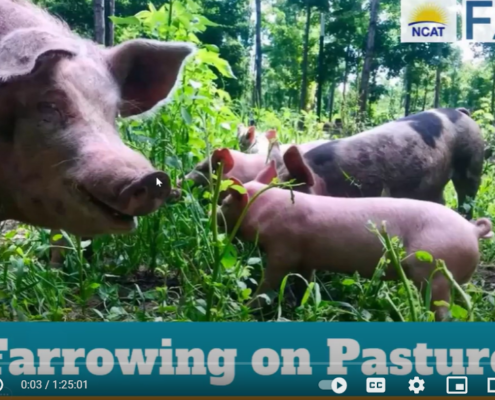
Farrowing on Pasture
Join NCAT Sustainable Agriculture Specialist Mike Lewis for an…
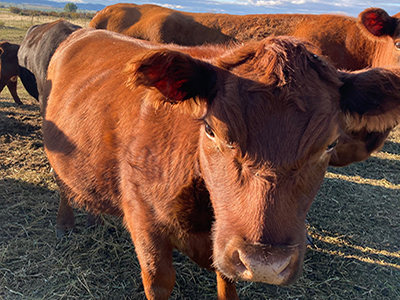
Bigger Isn’t Always Better: When Small Cows Shine
Our farm is small, and it doesn’t have a lot of infrastructure or equipment. This makes handling cattle an intimidating proposition for our family. Fortunately, not all cattle are created equal. By selecting Aberdeen Angus, a small breed of cattle about 44 inches at the hip and 1,000 pounds per cow, we were able to work a beef enterprise into our farm operation with minimal difficulty.
By Tracy Mumma, NCAT Sustainable Agriculture Specialist
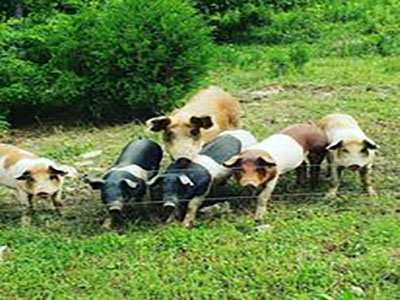
Looking for On-farm Diversification? Consider Pastured Pigs
I once had a platoon sergeant who liked to say, “the best defense is having a diversity of offense.” It wasn’t until recently that I made this connection to my farm and to my work at NCAT. One of the most common topics that I speak with farmers about is how to best diversify their operation to successfully weather the current reality we find ourselves in.
By Mike Lewis, NCAT Sustainable Agriculture Specialist

Grazing for Resilience – Bouncing Forward from Catastrophic Events
This webinar delves into grazing management strategies that will…
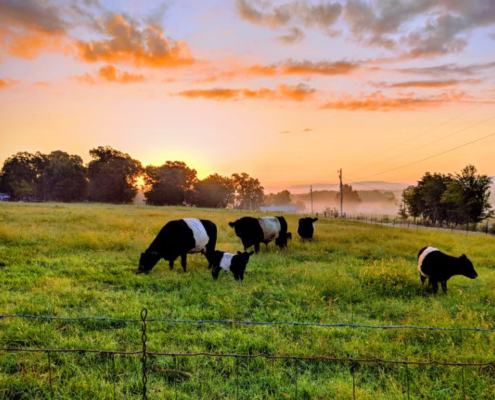
Episode 239. Good Things Come in Small Packages: A Look at Small-Frame Cattle
Cattle come in all sizes, and small cattle may be just right…

Building a Strong Foundation for Working with Livestock
Years of farming and visiting other farms, combined with recent education in soil health, have convinced me of this: We can best serve people, the land, and the livestock by learning to care for the soil FIRST. That’s why NCAT’s Livestock and Grazing Team began with this foundation when they gathered to teach a three-part series for beginning livestock producers.
By Linda Coffey, NCAT Livestock Specialist
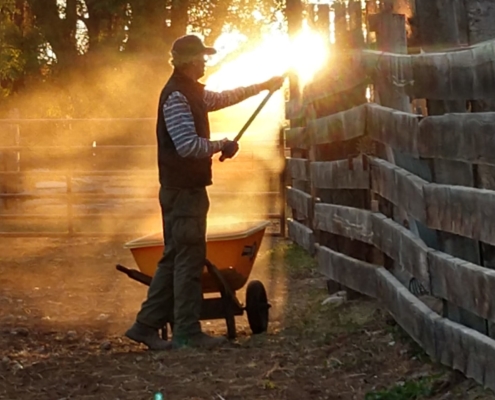
The Journey to a More Holistic System of Ranching
After many different and varied careers, Doug Lair settled into ranching 25 years ago, returning to a legacy started by his great-great grandfather, who passed down a team of mules and the family brand to his great grandfather. I recently had a conversation with Doug about his efforts to create a more holistic system of ranching.
By Andrew Coggins, NCAT Rocky Mountain West Regional Director
By Andrew Coggins, NCAT Rocky Mountain West Regional Director
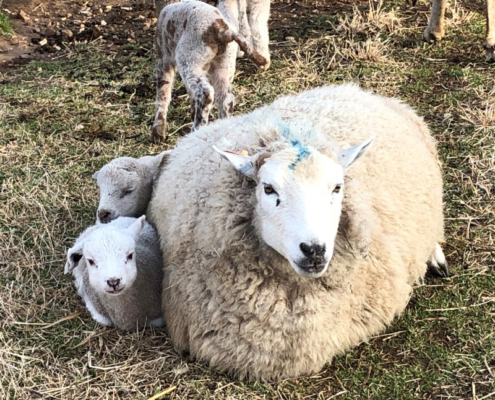
Lambing, Kidding, and Calving on Pasture
In this video, Margo Hale, Tracy Mumma, Linda Poole, and Linda…
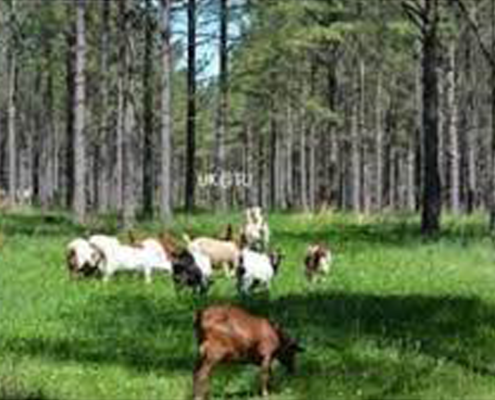
Episode 235. Silvopasture 101
In this episode of Voices from the Field, NCAT Sustainable Agriculture…

Overgrazing – A Chronic Soil Disturbance on Grazing Lands: Part II
If we’re going to build the health of anything – whether that’s our own health or the health of grazing lands – and we are causing damage by our management actions, then our first priority should be to stop the damage.
By Justin Morris, Regenerative Grazing Specialist
By Justin Morris, Regenerative Grazing Specialist
Freshly Picked
- National Farm to Cafeteria Conference Scholarships
- USDA Terminates Regional Food Business Centers Program
- Agroforestry Accelerator Program Enrolling Entrepreneurs
- Grassland Conservation Reserve Program Accepting Enrollments Through August 8
- California Adaptive IPM for Invasive Agricultural Pests Program
NCAT Websites
Get Help
Ask an Ag Expert
Call us: 1-800-346-9140
Visit the Forum
Don’t Miss!
National Center for Appropriate Technology
Helping people build resilient communities through local and sustainable solutions that reduce poverty, strengthen self-reliance, and protect natural resources.

